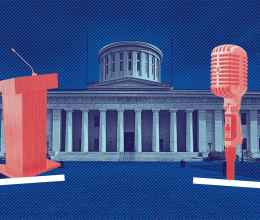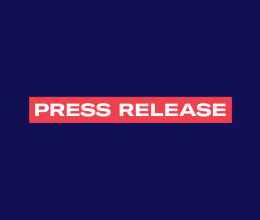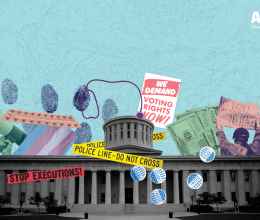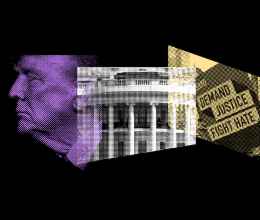We all have biases. It’s part of being human.
After all, we expect the world to work in certain ways and situations outside our assumptions can be jarring. Although the process may be uncomfortable, it is by recognizing and challenging our prejudices and preconceptions that we are better able to help others.
As part of our mission to further our work on disability rights, the ACLU of Ohio conducted a workshop at the 2014 National Association of Social Workers Ohio Chapter Annual Conference. We used this opportunity to engage with social workers about advancing rights for people with disabilities. This experience and other workshops at the conference generated some useful tips for confronting biases and becoming a better advocate.
1. Start With Yourself
The first step to challenging your biases is looking at yourself. This is often an uncomfortable process. It requires paying attention to your responses to different situations and leaning into the discomfort that comes with unfamiliar interactions. Once you have found the edges of your comfort zone, you can start learning what exists outside its boundaries.
2. Language Matters
The words we use can build alliances with new partners or alienate potential collaborators. This is why discussion of person-first language came up again and again during the conference, with participants sharing times when old assumptions fractured opportunities for new relationships. They also brought stories of connecting with clients and coalition partners by paying attention to how people described themselves and their communities.
3. Ask the Experts
Whenever you are working alongside people or speaking on their behalf, you want to use their terms. The best way to do this is ask. This shows respect, investment in building relationships, and opens the chance for dialogue and deeper learning.
Stay up to date on advocacy opportunities by following the ACLU of Ohio on Facebook and Twitter.
4. Have a Sense of the System
While prejudices begin with individuals, they become entrenched and built into systems. From zero-tolerance policies that push students out of schools, to polling places that fail to meet accessibility standards, people with disabilities often face obstacles to their full participation. Looking at the system helps identify where to put pressure to make needed changes.
5. Get Connected
Challenging our biases requires that we look at both ourselves and at the systems that maintain inequities based on identity or ability. It also requires connecting with others engaged in this work. Use friends, colleagues, social media, and word of mouth to find opportunities to learn more and take action.





